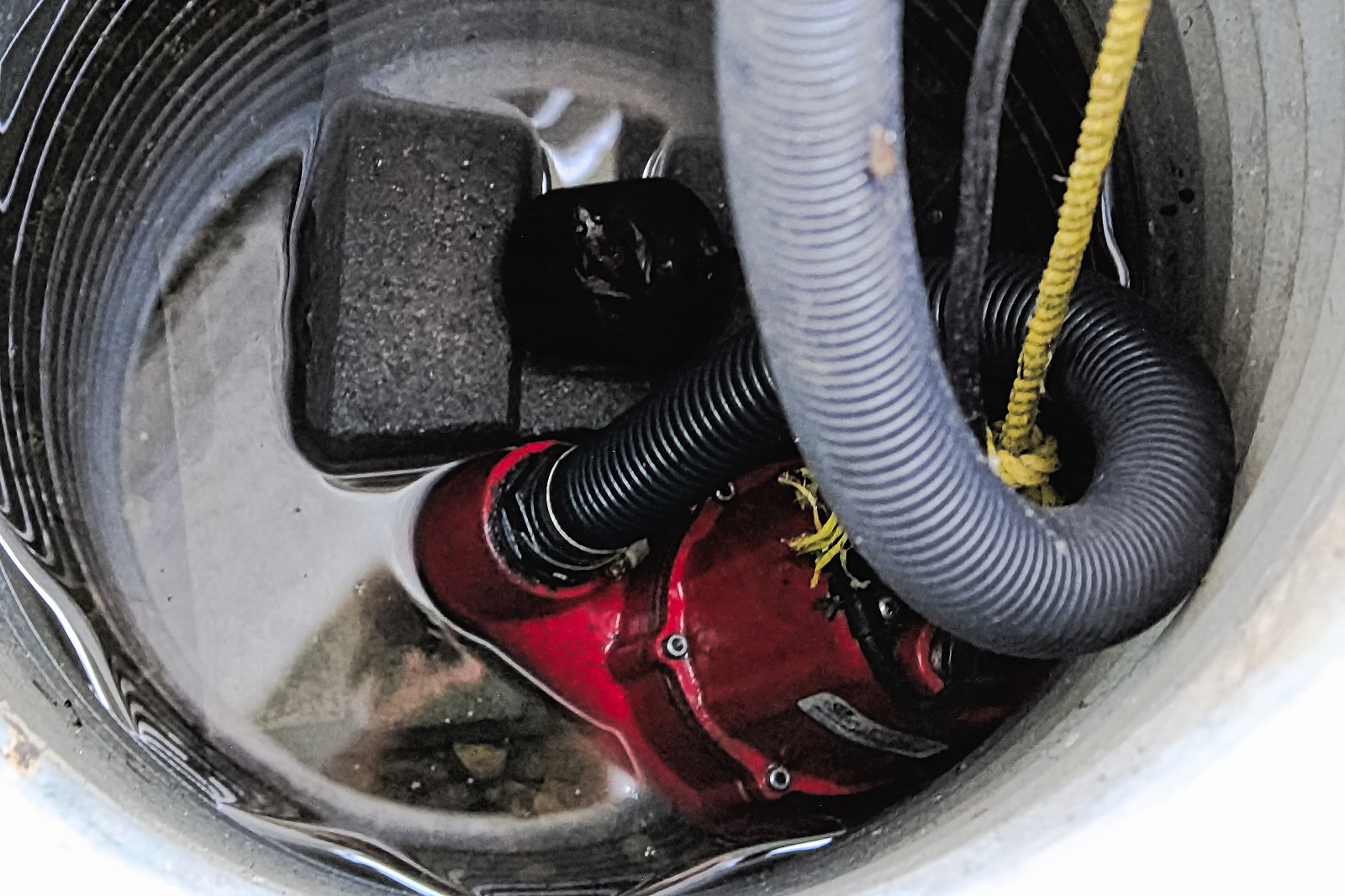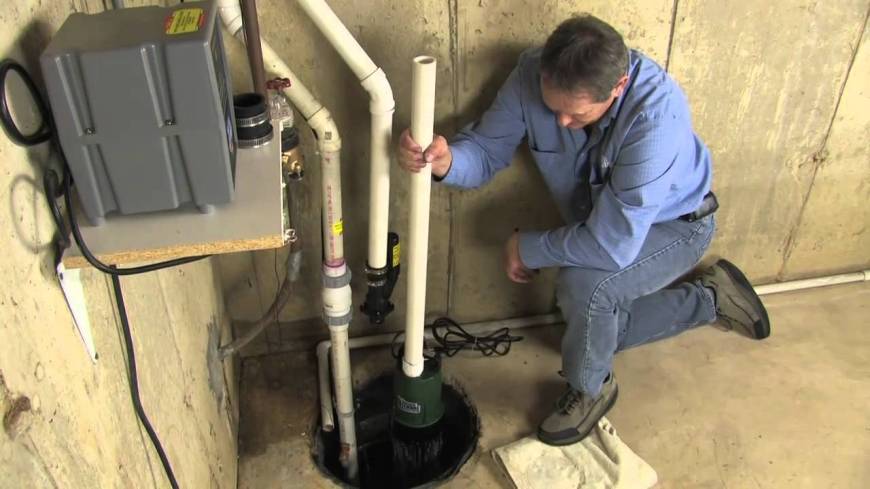We have stumbled on the article on How to Care for Your Sump Pump below on the net and think it made perfect sense to relate it with you on this page.

Sump pumps are important parts in lots of homes, especially in areas susceptible to flooding or excessive wetness. They aid avoid water damage by effectively eliminating excess water from cellars or crawl spaces. Nonetheless, like any other appliance, sump pumps require normal upkeep to guarantee they operate efficiently when required one of the most. Cleaning your sump pump is a vital part of its upkeep, and recognizing exactly how to do it correctly can conserve you from costly fixings and possible calamities.
Introduction
Preserving a tidy sump pump is vital for its proper functioning and long life. Neglecting this essential task can result in obstructions, breakdowns, and eventually, water damage to your building. Consequently, finding out exactly how to cleanse a sump pump is vital for homeowners who depend on these gadgets to keep their basements completely dry and safeguarded.
Understanding the Sump Pump
Before diving into the cleansing process, it's vital to have a fundamental understanding of how a sump pump functions. Typically installed in a pit or basin below the basement flooring, a sump pump consists of a number of key elements, consisting of a pump, a float button, and a discharge pipe. When water builds up in the pit, the float switch triggers the pump, which then pumps the water out via the discharge pipeline, far from the building's foundation.
Signs of a Dirty Sump Pump
Understanding when your sump pump needs cleansing is vital for preventing possible breakdowns. Some typical indications that indicate a dirty sump pump include unusual sounds throughout operation, minimized water flow, and visible particles in the pit. If you notice any one of these signs, it's necessary to clean your sump pump without delay to prevent any more issues.
Planning for Cleaning
Prior to you start cleansing your sump pump, it's important to take some safety precautions. Begin by shutting off the power to the pump to prevent any type of electric mishaps. Furthermore, wear ideal safety equipment, such as handwear covers and goggles, to protect on your own from dust, debris, and prospective microorganisms.
Step-by-step Guide to Cleansing a Sump Pump
Shutting down the Power
Begin by separating the power supply to the sump pump to avoid any accidents while cleansing.
Removing Debris and Dust
Utilize a bucket or an inside story to remove any type of visible particles, dirt, or debris from the sump pit. Dispose of the particles appropriately to stop it from obstructing the pump or the discharge pipe.
Cleaning the Pump and Drift Change
Once the pit is free from debris, meticulously remove the pump from the pit. Check the pump and the float button for any type of indications of damage or wear. Use a soft brush or towel to cleanse the surfaces and eliminate any collected gunk.
Flushing the System
After cleaning the pump and float switch, flush the sump pit with tidy water to remove any continuing to be dirt or debris. This will help ensure that the pump operates efficiently and efficiently.
Looking For Appropriate Performance
Before re-installing the pump, carry out a fast examination to guarantee that the float button turns on the pump correctly. Put some water right into the sump pit and observe the pump's procedure. If every little thing is operating properly, you can reconstruct the pump and reconnect the power supply.
Maintenance Tips to Keep Your Sump Pump Clean
In addition to routine cleansing, there are several maintenance tips you can comply with to maintain your sump pump in optimum problem:
Conclusion
Cleansing your sump pump is an important facet of its upkeep and makes sure that it operates effectively when you require it the most. By following the steps detailed in this overview and incorporating regular upkeep into your regimen, you can expand the life-span of your sump pump and safeguard your home from water damages.
6 STEPS ON HOW TO CLEAN A SUMP PUMP PROPERLY
UNDERSTANDING SUMP PUMPS
Your sump pump plays a crucial role in protecting your home by managing and removing excess water. It primarily functions as a “shield”, guarding your basement against the damaging effects of water accumulation. The pump is housed in a sump pit in the lowest part of your basement, and its job is to pump out any water that collects there.
During heavy rainfalls or when snow melts rapidly, water can infiltrate your basement, posing potential risks like flooding, structural damage, and harmful mold growth. Here, the sump pump springs into action, pumping out the intruding water and directing it away from your home.
SAFETY FIRST
Before cleaning, remember to prioritize safety. Disconnect the sump pump from the power source to prevent any accidental electric shocks. Also, wear sturdy gloves to protect your hands from any sharp or dirty components within the pump.
REMOVE THE SUMP PUMP
After ensuring your safety, the next step is to remove the sump pump from its pit. Doing this might require careful maneuvering as you don’t want to damage any pump components. Once removed, clean the sump pit to remove any accumulated debris or sludge.
INSPECT THE PUMP
Inspect the pump for any visible signs of wear or damage. Check the power cord, float switch, and impeller housing. If any components look worn out or damaged, consider replacing them to ensure optimal performance.
CLEAN THE PUMP
Thoroughly clean the pump with warm, soapy water. Make sure to rid it of any dirt, gravel, or other debris that might impede its performance. You can use a toothbrush to clean the small, hard-to-reach parts of the pump.
REINSTALL THE SUMP PUMP
Reinstall the pump into the sump pit Make sure it’s positioned correctly to remove the water effectively Once it’s back in place, reconnect it to the power source TEST THE PUMP
Finally, pour some water into the pit to ensure the pump works correctly. It should start automatically and begin pumping out the water; if it doesn’t, check the power source and the positioning of the pump.
Remember, while cleaning your sump pump is an essential part of home maintenance, hiring a professional plumber for a thorough inspection and cleaning at least once a year is also important. This will ensure that your pump is in optimal condition, ready to protect your home from potential water damage.
BEST PRACTICES FOR CLEANING SUMP PUMP DISCHARGE PIPES
Regular Inspection: Regularly inspect your discharge pipes, especially during heavy rainfall or snowmelt periods. Look for any signs of blockage or damage. Early detection of problems can prevent serious issues down the line. Periodic Cleaning: Over time, sediment and debris can accumulate in the discharge pipes, impeding the flow of water. Regular cleaning helps keep the pipes clear and functioning efficiently. You can use a high-pressure water jet to effectively clean the pipes. Insulation During Winter: In colder climates, discharge pipes can freeze, blocking the outflow of water. Protect your discharge pipes from freezing temperatures by insulating them with foam pipe insulation. This will ensure the sump pump can continue to discharge water even in freezing conditions. Proper Positioning: The discharge pipe should be positioned to direct water away from your home’s foundation. Improper positioning can lead to water seeping back into the basement. Ensure the pipe is long enough and angled correctly. Installation of a Check Valve: A check valve prevents water from flowing back into your sump pit after the pump has pushed it out. Installing a check valve helps maintain the efficiency of your sump pump and reduces the risk of flooding. Minimize Pipe Turns: Every curve or turn in the discharge pipe can decrease the efficiency of water flow. By minimizing turns and bends in your discharge pipe, you can increase the efficiency of your sump pump. https://www.fullspeedplumbing.com/how-to-clean-a-sump-pump-properly9999/

We hope you enjoyed our post on . Many thanks for spending some time to read our content. Those who enjoyed our blog post kindly do not forget to share it. I enjoy your readership.
Click Here